Giancarlo RinaldiSouth Scotland reporter
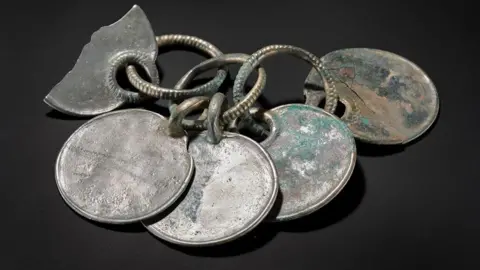 NMS
NMSInitial conservation work has revealed “exceptionally rare” silver-coloured items in a hoard of Bronze Age artefacts…
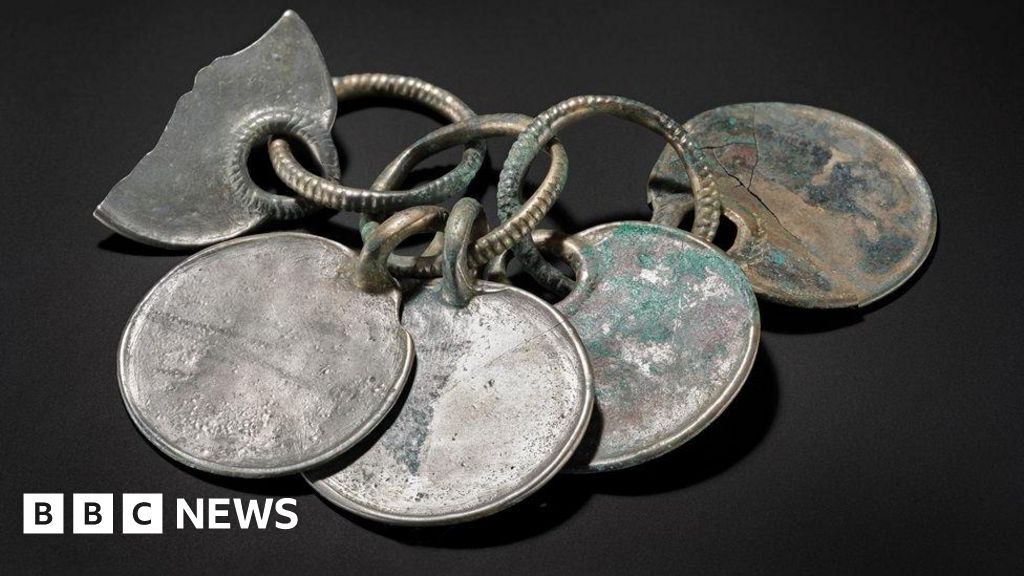
Giancarlo RinaldiSouth Scotland reporter
 NMS
NMSInitial conservation work has revealed “exceptionally rare” silver-coloured items in a hoard of Bronze Age artefacts…

 Rohan Tarry
Rohan TarryA man said he had to sleep in his wheelchair in a hotel for three nights despite the room he booked being advertised as accessible.
Wheelchair user Rohan Tarry,…
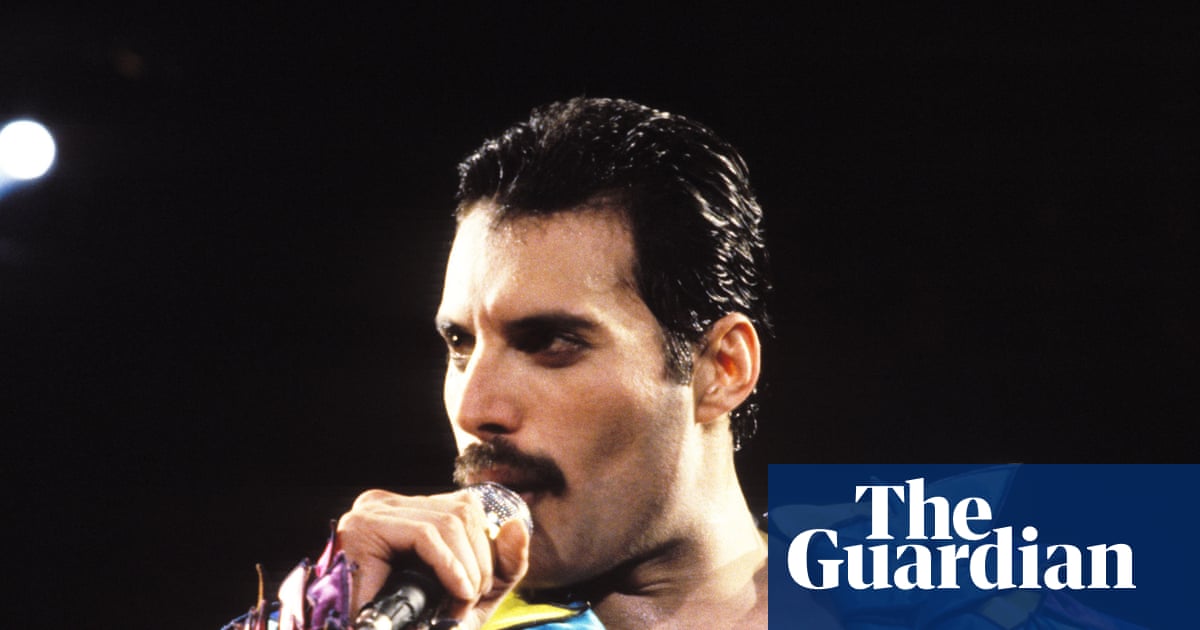
His voice is one of the most distinctive in pop history and now the words Freddie Mercury sang are to be given the rock star treatment in a lyric book that will also include unreleased songs and alternative versions of Queen anthems.
A Life in…
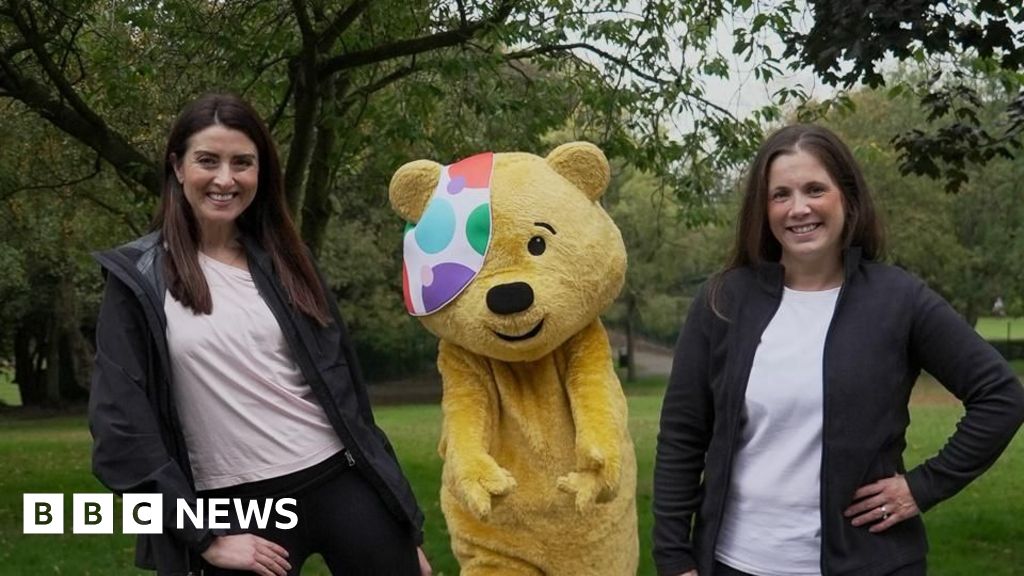
BBC Look North presenter Amy Garcia and Lindsey Burrow, wife of rugby league legend Rob Burrow, are to walk three-legged for over 30 miles in Yorkshire to raise money for Children in Need.
Amy and Lindsey plan to take to three legs and walk…

Diane Keaton died of pneumonia, the Oscar-winning actor’s family have revealed, as they expressed their thanks for the “extraordinary” response to her death last week.
“The Keaton family are very grateful for the extraordinary messages of…
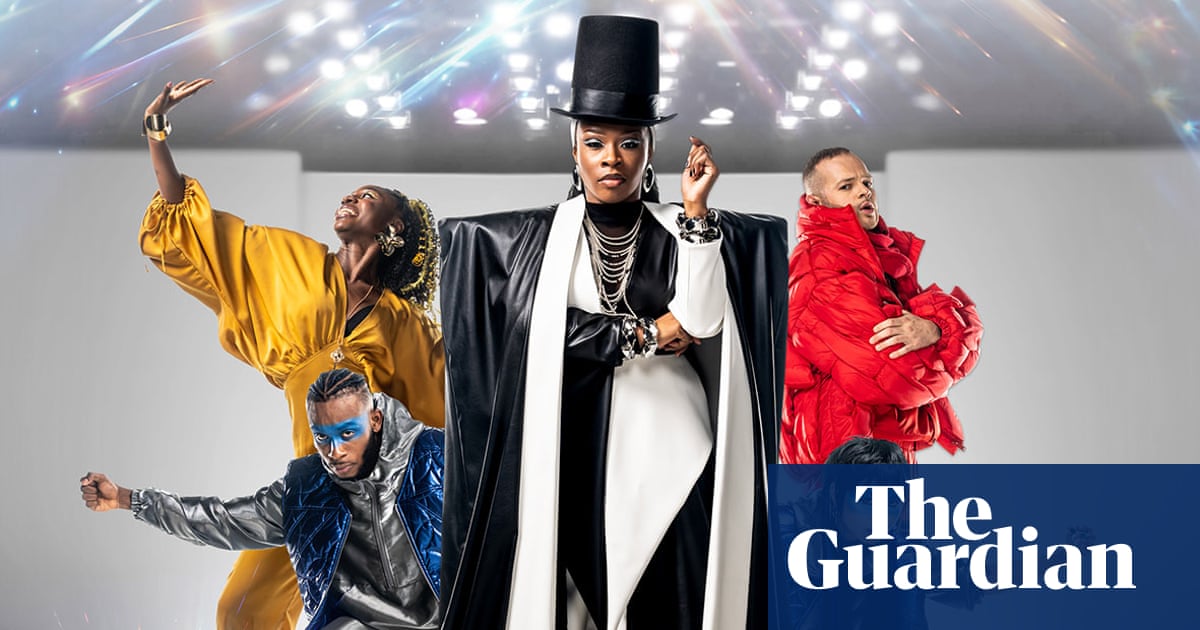
Sadler’s Wells East, London, 26 November to 4 January
Choreographer Dannielle Rhimes Lecointe gives a hip-hop makeover to A Christmas Carol with a family-friendly yarn about a fashion designer who cancels Christmas to concentrate…
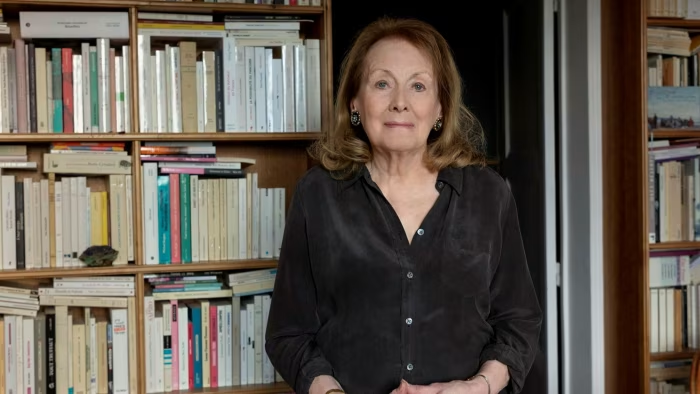
Unlock the Editor’s Digest for free
Roula Khalaf, Editor of the FT, selects her favourite stories in this weekly newsletter.
When the French author Annie Ernaux was 10, she overheard her mother tell an acquaintance that, before Annie’s birth,…
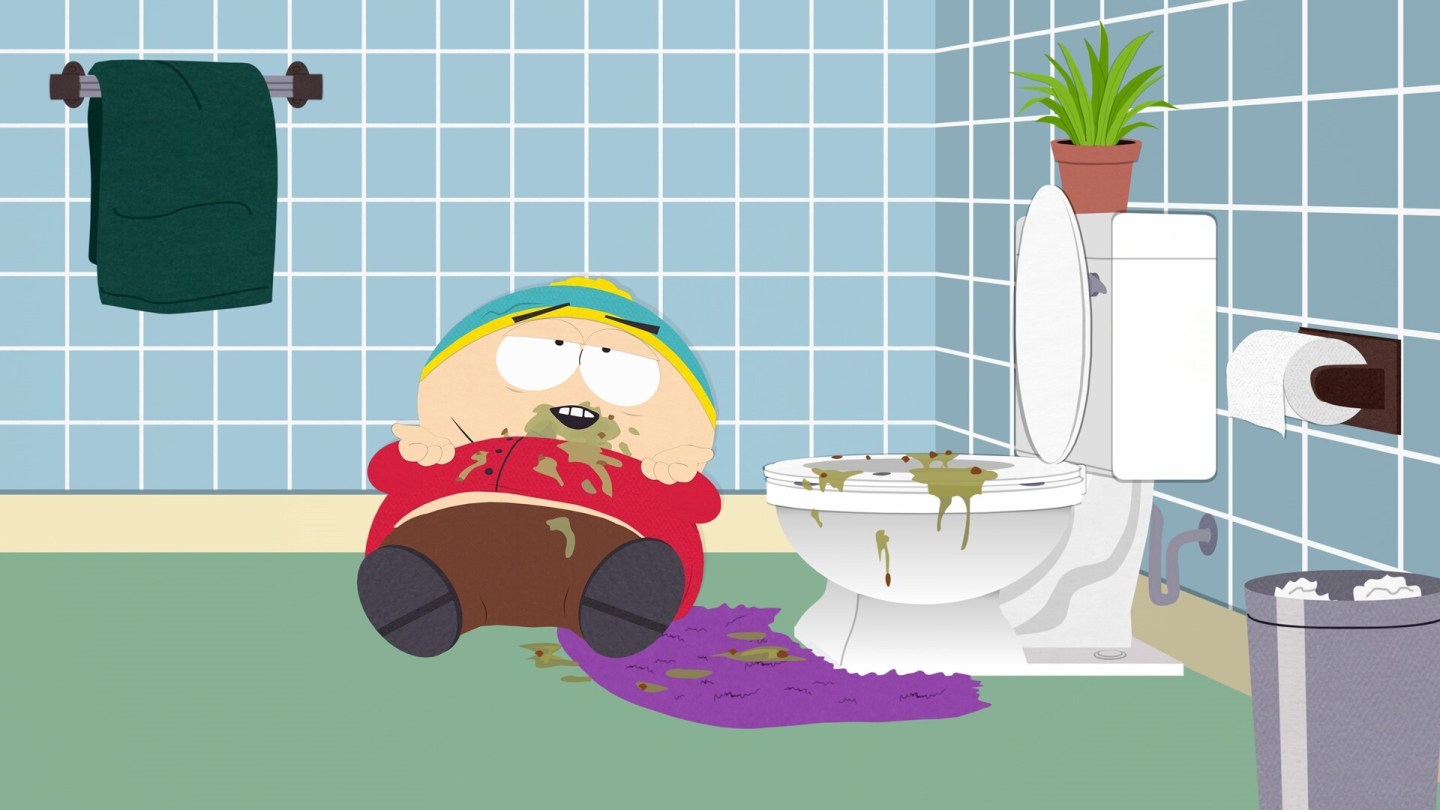
South Park returned Wednesday after a three-week hiatus and left us with the terrifying prospect of Eric Cartman being the only human to save us from the Antichrist.
For reasons unexplained, the episode is listed as season 28, episode one…
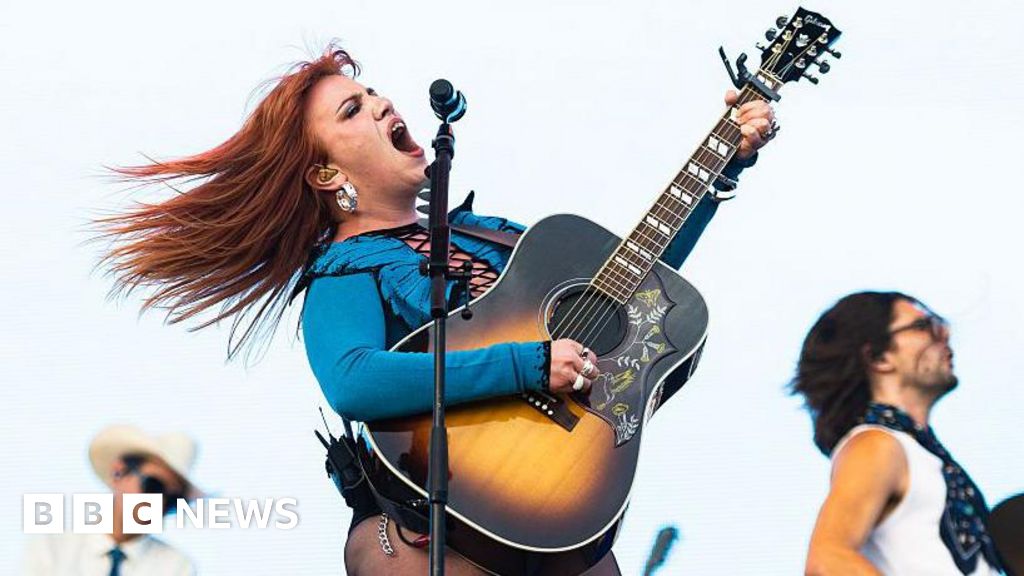
Mark SavageMusic correspondent
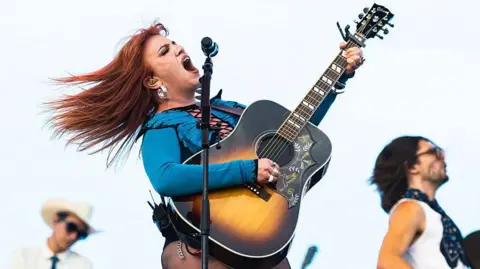 Getty Images
Getty ImagesPulp and CMAT are the favourites to win this year’s Mercury Prize for album of the…